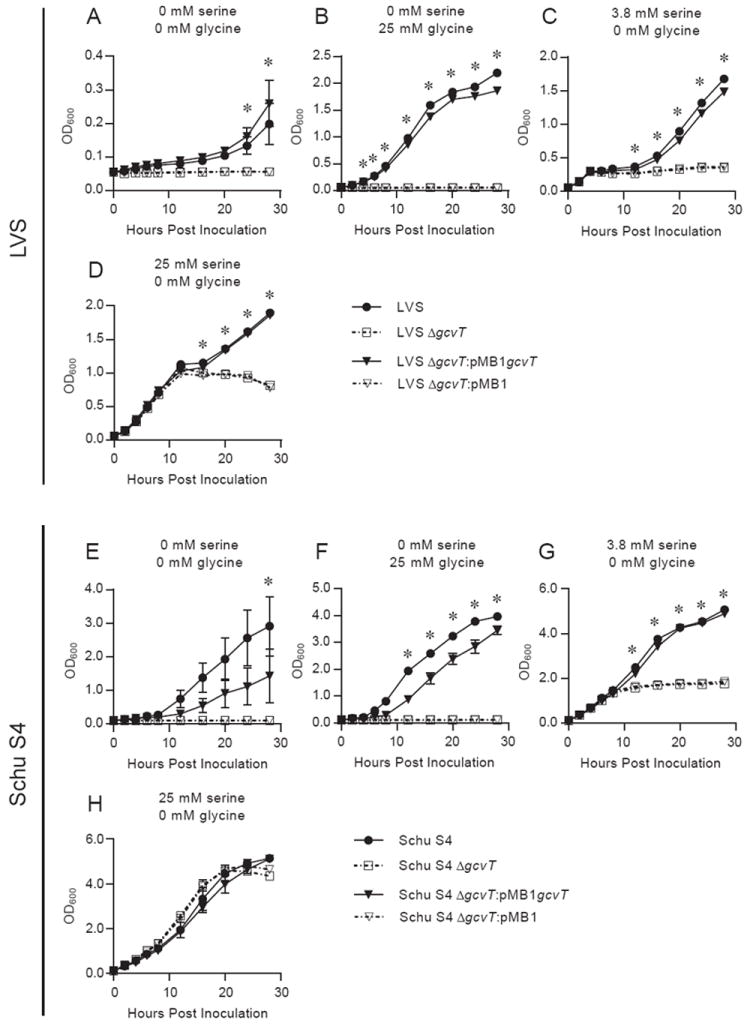Fig. 1. The glycine cleavage system of F. tularensis is required for glycine utilization and growth during serine limitation.

Overnight broth cultures of LVS (A-D) and Schu S4 strains (E-H) were pelleted, resuspended in PBS, and used to inoculate Chamberlain’s chemically defined media (CDM) containing 0 mM serine / 0 mM glycine (A and E), 0 mM serine / 25 mM glycine (B and F), 3.8 mM serine / 0 mM glycine (C and G), or 25 mM serine / 0 mM glycine (D and H). The optical density at 600 nm (OD600) of each culture was measured every two to four hours. Data are expressed as the mean ± SEM of three independent experiments except for the four hour time point of Schu S4 strains (E-H), which is from two independent experiments that were excluded from statistical analysis. In some cases, error bars are not visible as they are smaller than the symbol at that time point. * denotes time points that two comparisons (wild-type vs. Δgcvt, ΔgcvT:pMB1gcvT vs. ΔgcvT:pMB1) both achieved significance. Significance was considered to be a (p < 0.05) using a two-way repeated measure ANOVA followed by a Bonferroni multiple comparison correction.
